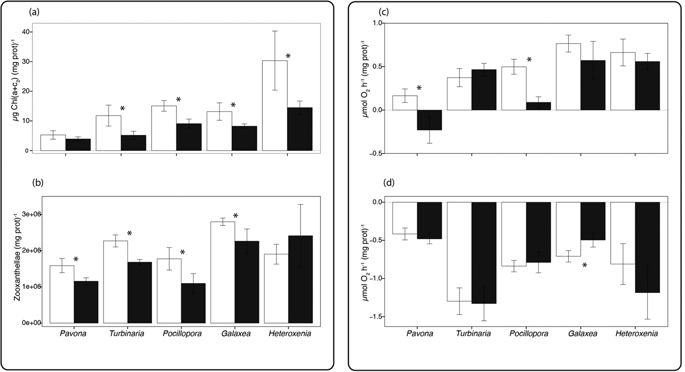- Joined
- Sep 21, 2018
- Messages
- 6,675
- Reaction score
- 7,170
It is impossible - and you know it. It is like saying that Colombus should have taken an airplane around the world in order to find another way to India.
Not impossible but very, very difficult. The point is that if the question of species proliferation in an aquarium is not being answered scientifically, then all the conjectures, uncontrolled experiments and millions of pieces of anecdotal data in the world are not going to help develop an understanding of this problem. When a hypothesis is made that NO3 and PO4 have an effect and it cannot be consistently reproduced, then the hypothesis is questionable.
But let it us turn the question upside down. All system is different - every system is its own ecosystem with different microbial communities - in the US, in the UK in Brazil and in Sweden.
The “every aquarium is different” notion is an excuse to explain why a hypothesis or conjecture fails to work. As seeming deep insight, it is worthless. It is just as sound to say “every aquarist is different, but every aquarium system is basically the same”. Which has more explanatory power?
Despite this, we know that in at least 80 - 90% of cyanobacteria and dinoflagellar outbreaks have been reported at low or unbalanced concentrations of PO4 and different form of inorganic nitrogen.
”80-90% Have been reported“ by whom? where are these statistics being collected and verified? What definition of unbalanced are we talking about? Are we talking about aquaria only or in marine environments also? Were the organisms identified by microscopy in these outbreaks?
In addition, for cyanobacteria, the NO3 concentration seems to be critical. Low or no levels (and sometimes wrong ratio) of these substances in the water column have been shown to be the trigger over and over again.
And yet you say above it is impossible to conduct the experiment, of setting up six aquarium, develop the same bloom of cyanobacteria, diatom or dinoflagellate In each, and then treat three by adjusting the nitrate and phosphate and leave three untreated. When a phenomenon cannot be turned on and off, the understanding of it is incomplete, the root cause is unknown.
However - nearly all aquarium books refer to this problems as high nutrients problems - not because of evidences, scientifically investigations or thousand of of observations - but because of the fact that photosynthesizing organism in water needs nutrients in the water column - otherwise they will not grow. I´m with you when you say that these organisms have different ways of achieve the P and N they need - but for me it is very strong incidental evidence´s that low/zero or unbalanced ratios of these two nutrients is the trigger for creating different forms of monocultures existing of one or two species/genus that dominate the ecosystem. They can dominate because the environment that favour other competitors is gone and lost. They can dominate because they have other way of getting what they need - if the easy achieved sources not exist they can put in extra energy in order to survive and the domination and huge biomass will be the tool for further success if not the environment will change. Note - I´m not saying that the rise of nutrient in the water column (or changes of the ratios) will automatically defeat the monoculture but it is a tool to not get it back when the fight is over. Rising the nutrient during an outbreak of these organisms is not a quick fix - but lowering the nutrients (or change the ratio in the wrong way) is surly a quick fix in order to get an outbreak IMO.
OK, so we are back to it being possible to turn a bloom on by lowering the nutrients and then turning them off by raising the nutrients. Let’s test that idea with six aquaria. How do we set them up to get six separate blooms and how do we adjust the nutrient levels in three to end the bloom? We will do this in one country as part of variable contrtol. Also, we will need to repeat this for each diatoms, dinoflagellates and cyanobacteria.
I have not mentioned diatoms - but for me is rather obvious that a diatom bloom in our aquaria is not triggered of visible Si in the water column - the use of ICP testings worldwide have shown that the normal Si levels in out aquarium is over 100 µg/L - even in well function aquariums without diatom blooms. However - there is a lot of investigations showing that at least some diatoms are specialist in using very low concentrations of inorganic P in the water column and I see diatoms blooms in our aquarium as a sign of low availability of PO4 not as a sign of Si in the water column.
But today - it seems that we instead of knowledge and understanding of complicated processes need something easy to put the blame on - however - this is nothing new - let us - as usually - say it with a song (and @Paul B get his supermodel at the same time)
Sincerely Lasse
I am looking forwards to your ideas for an experiment.
Dan



















